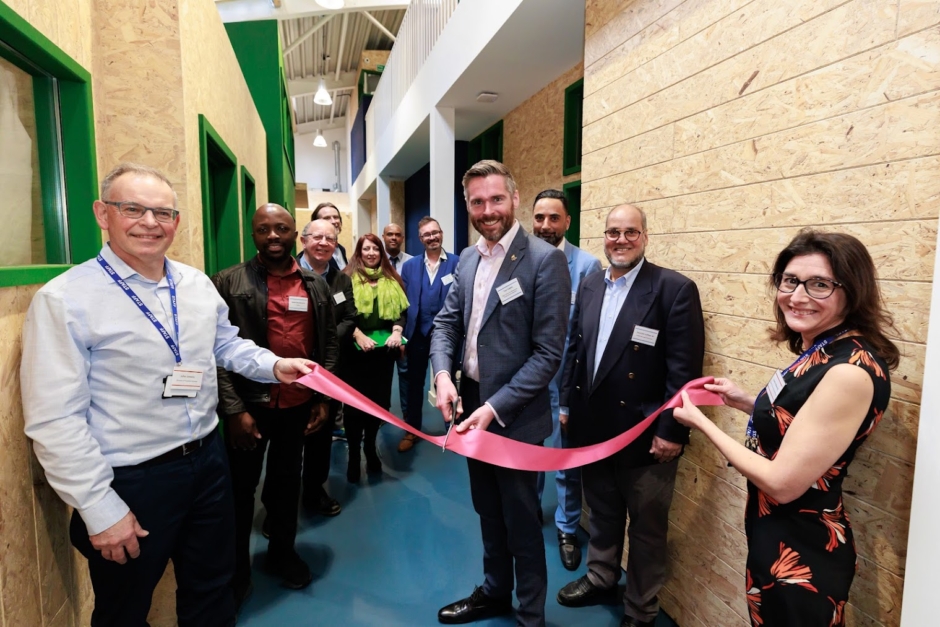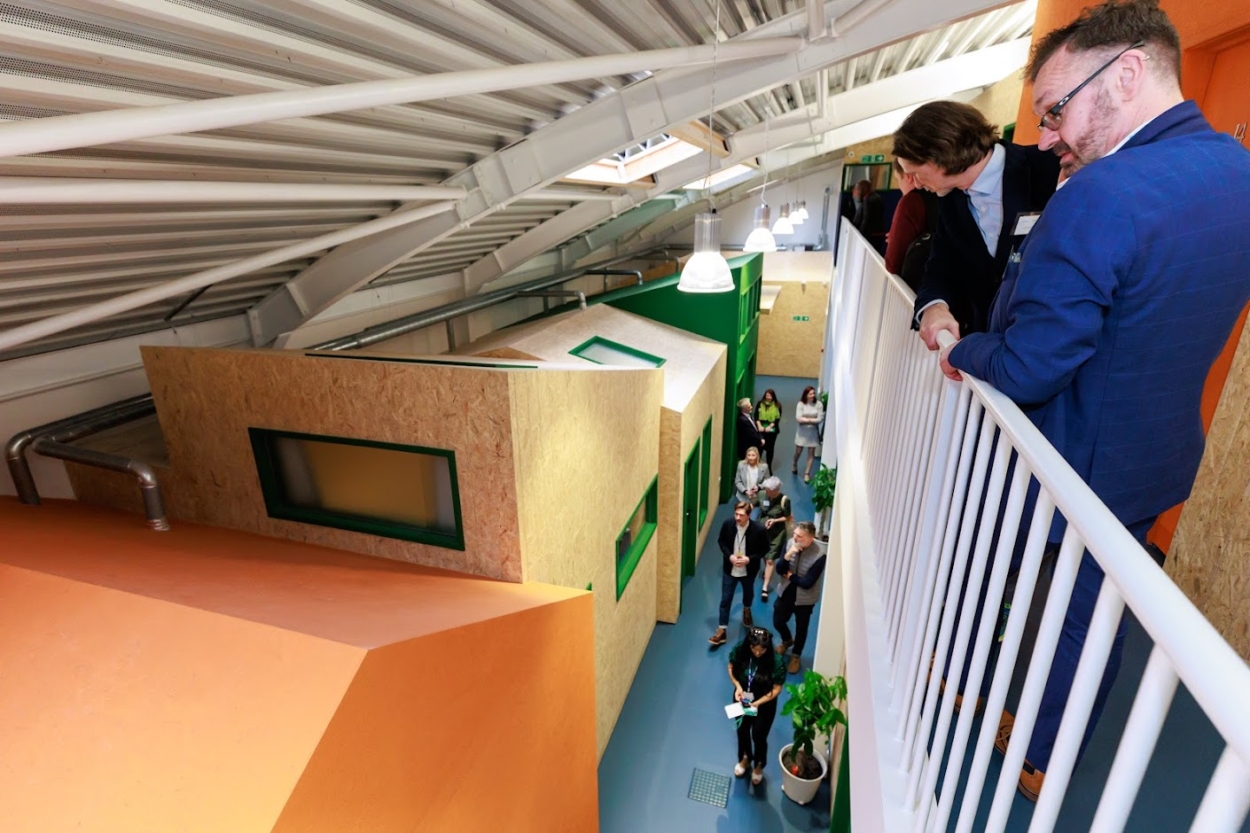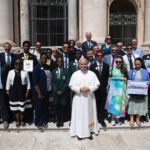In response to the growing homelessness crisis, Caritas Anchor House opens a new innovative 15-room accommodation project.
Hope Street has the feel of a compact village with each room designed to empower its residents to feel a sense of ownership of both their home and their environment. As every individual is different and special, this has been reflected in the aesthetics, with each unit having a unique character. Each independent accommodation unit evokes the feeling of safety and tranquillity – a peaceful and secure haven to retreat to and call home.
David Lockwood – Resident of Hope Street said
“Before moving to Hope Street, I was sleeping on the streets around Waterloo for over 20 years. It is such a relief to live in a safe and secure place now, while I refocus and regain my confidence. The team here set me up straight away with some weekend work at Dagenham and Redbridge FC, and I will be starting an IT and car mechanics course soon. When I move out, my plan is to become a car technician just like my dad was. Thanks to the team here, I am happy to say that things are finally now on the up.”
Support will be targeted towards working with residents to achieve their ambitions around employment and move on and sustain longer-term tenancies. Residents will receive a holistic person-centered support package from Caritas Anchor House staff and will be able to access the IT suite, ESOL (English for Speakers of Other Languages) courses, employment job coach, and community engagement opportunities so they can focus on broadening out their horizons.
Tom Copley – Deputy Mayor for Housing and Residential Development said:
“It’s an honour to open Hope Street. I’ve never seen anything quite like this before: it is such a great use of space. Projects like Hope Street build on the great work we did during the pandemic to house people who were experiencing rough sleeping. I look forward to working with Caritas Anchor House in the future to deliver more innovative projects like Hope Street.”
Amanda Dubarry – Chief Executive, Caritas Anchor House said:
“We are thrilled to have opened Hope Street, making use of a large unused space at our main building here in Canning Town. We’ve made every effort to ensure each room has its own individual design, so that it feels unique to the person living there. We know that the challenge is not just to provide somewhere safe for the residents, but also to ensure they are ready for independent living when they leave here.”
The building of Hope Street was done in partnership with the charity LandAid and architect OrsiniBrewin. It has been predominately funded by the Ministry of Housing, Communities & Local Government (MHCLG), and awarded by the Greater London Authority (GLA). There have also been financial support from the Homeless Link Social Investment Loan, and Homeless Link Grant. Building work was undertaken by EC1 Build.
Nicole Lasky – Land Aid, Pro Bono Development Manager said:
“Hope Street consists of 15 homes built on two levels. Not only do they provide a bed to sleep in, but they have been designed as little houses on a street, to help nurture a sense of community amongst the residents. It has been an honour to be part of this project and hugely rewarding to see the first people move in.”






